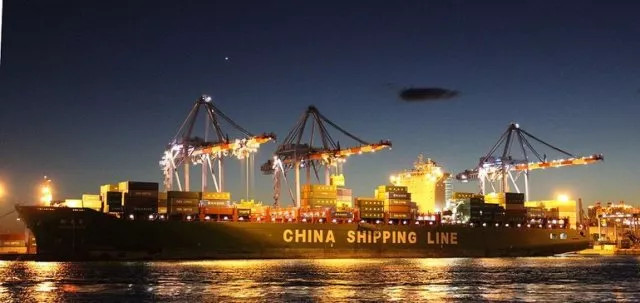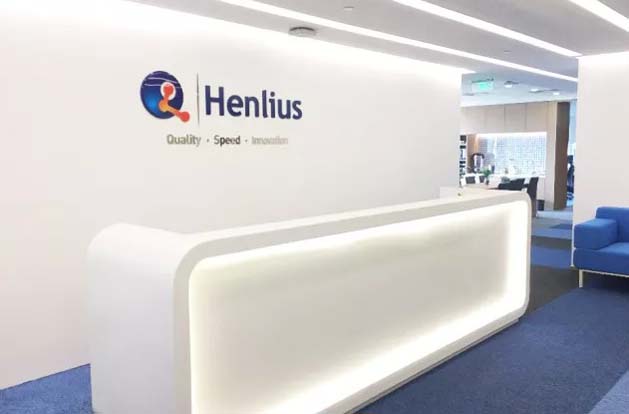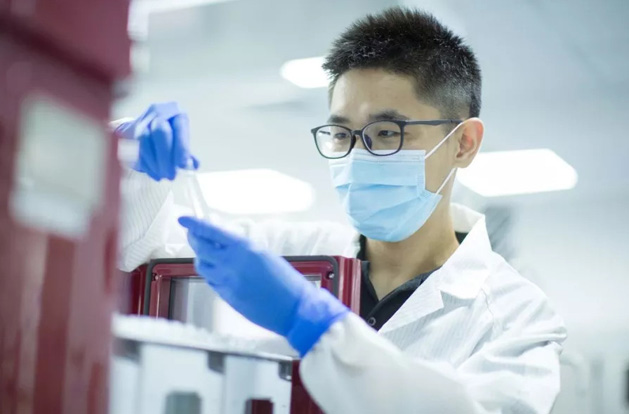BIOPHARMA DIVE,Wang Fangqing
The U.S. market is typically the market of choice for most Chinese drugmakers when it comes to expanding business overseas.
But changes could be looming as China continues to carry on with its sweeping infrastructure project known as the Belt and Road Initiative (BRI). Introduced in 2013, the project aims to export China's technologies and infrastructure abroad. The focus is largely on physical connectivity — new ports, roads, railways, airports and the like for countries that are are still developing, mainly in Central Asia, Southeast Asia and Africa
But for China's rapidly maturing drugs industry, the BRI could also offer opportunities to expand in high-growth emerging markets.

Not just generics
One example is Henlius Biotech, a subsidiary of Fosun Pharma. The Shanghai-based company, which adopts EMA biosimilar guidelines, has HLX02, a biosimilar of Roche's Herceptin (trastuzumab), in Phase III studies in China, Poland, Ukraine and the Philippines.
The company is in active talks with local partners in several Southeast Asian countries about introducing HLX02 and HLX01, the biosimilar of Roche's MabThera (rituximab), to their markets.
"The demand for high quality, affordable drugs in emerging markets is huge. We are well positioned to meet the demand," Henlius CEO Scott Liu said in an interview with BioPharma Dive. In Ukraine, for example, Henlius initially planned to recruit only dozens of patients for clinical studies. To its surprise, over 100 patients enrolled.

Branded Herceptin is not covered by the Ukrainian medicine reimbursement scheme, so few patients could afford it. A recent survey funded by USAID, for example, showed 43% of Ukrainians borrowed money or sold assets to pay medical treatments.
"This is probably why they were enthusiastic about a potential affordable option," Liu said.
With mounting rhetoric between the U.S. and China over trade, it would be easy to assume that Henlius' move is somewhat of a forced choice. But Liu said the company actually had the strategy around 2010, when it decided to focus on biosimilars.

"At the beginning, we did consider the U.S. market, but the act passed in the U.S. in 2009 completely changed our mind," he said, referring to the Biologics Price Competition and Innovation Act, which Liu characterizes as "unfair and risky" to biosimilar manufacturers.
"So we decided to go for emerging markets, where you see few local biotech companies and a much less intense competition landscape," he said.
More to come?
Henlius is so far one of the only Chinese developers of monoclonal antibodies that is expanding in BRI countries. Whether its Chinese counterparts will follow suit is unclear, but multinationals should be on the alert, noted John Lin, partner with Roland Berger, a management consultancy.
"Multinationals will face severe competition from Chinese pharmas in emerging markets in the near future," Lin said, adding the first battlefield would be in the generics sector.
"As China now requires all generics to pass bioequivalence tests, the quality of Chinese-made generics will likely improve fast to compete against expensive branded drugs in emerging markets," Lin said. However, he added, India still has advantages over China on the high-quality generics front.
Intense competition in the biosimilar sector is also predicted, although, "the time will likely to be further away," he said. And Chinese biopharmas could also look to license branded medicines from Western drugmakers to market abroad.

Just this week, for example, Luye Pharma Group agreed to pay $538 millionfor rights to market AstraZeneca's schizophrenia drugs Seroquel (quetiapine) and Seroquel XR in China and a number of other countries, including BRI-linked nations like Thailand and Malaysia.
New opportunities
A recent report from PwC China flagged Poland, Kazakhstan, Israel and Singapore as four BRI countries representing attractive destinations for Chinese investment in healthcare.
The Polish government has made biopharma one of the core industries to pump up the country's economic growth. It also built a biotech research center in Kazimierz to develop biosimilars.
"Poland offers a relatively rich biotech talent pool with low costs, which could accelerate Chinese biotech companies to expand globally," read the PwC report.
In Kazakhstan, PwC suggested Chinese companies look into the drug sector. As its domestic pharma industry lags behind in the production of qualified generics, let alone biosmilars, the country relies heavily on imported drugs, putting pressure on its patients. Now the local government is offering favorable tax polices to attract foreign companies to invest in its pharma industry.
To date, the only Chinese pharma investing in Kazakhstan is Chengdu-based Sichuan Kelun Pharmaceutical, an IV fluids maker. In 2014, it spent $50 million to form a joint venture with a Hong Kong company in Almaty.
Much of Chinese investment, though, has gone to the two developed countries — Singapore and Israel — to buy high-tech assets including medical device developers and diagnostics companies.

The Hong Kong-based venture capital AID Partners, for example, bought the Israeli diagnostics company Genesort in 2017. In 2015, China's Luye bought the DNA sequencing company Vela Diagnostics in Singapore.
Other Chinese pharmas joining in on M&A in Singapore and Israel include Henlius' parent company Fosun Pharma, the Nanjing-based conglomerate Sanpower Group, and the Chinese IT giant Tencent.
According to the PwC report, Singapore is known for diagnostics technologies and digital health, while Israel is an ideal investment place for minimally invasive medical devices and digital health.
Roland Berger's Lin agreed. "From the Chinese pharma perspective, the opportunities we see are along the M&A and investment dimensions. Chinese pharmas are able to ride the BRI wave to facilitate their M&A and investments,"he said.
